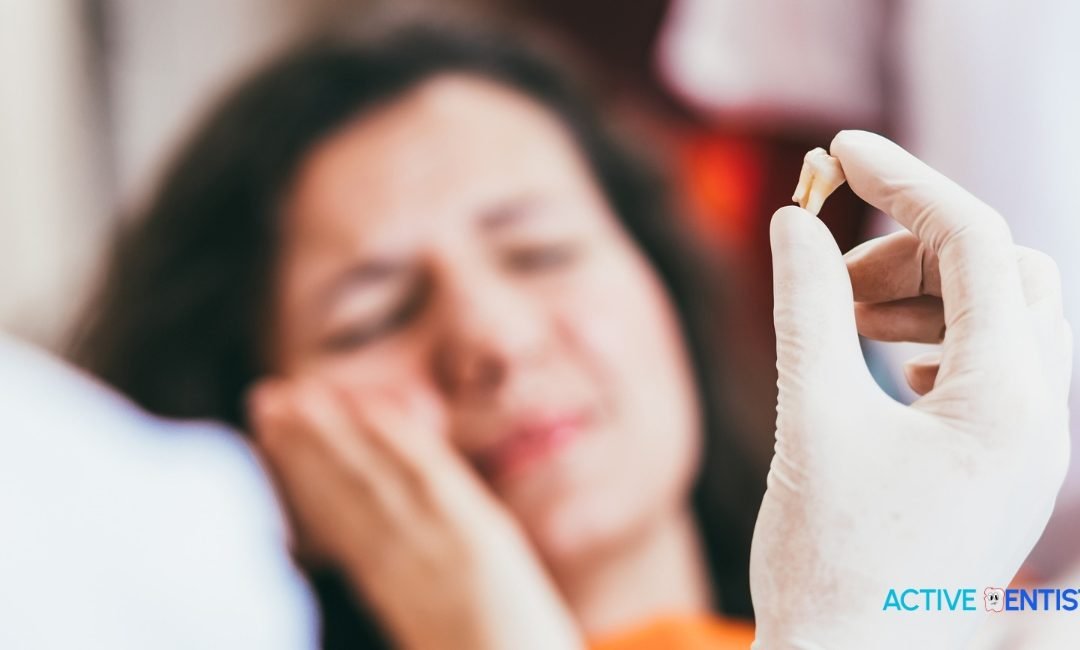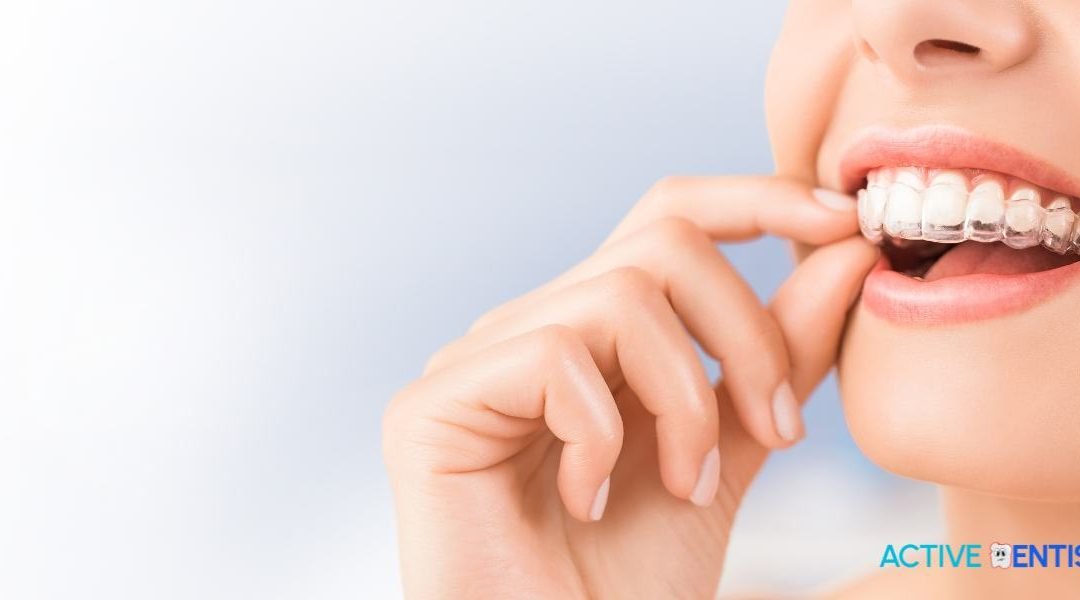A dental crown is a cap that resembles a tooth, used to cover a tooth for various reasons such as restoring its shape, size, and improving its aesthetic appeal. The crown encapsulates the entire visible portion of the tooth from the gum line. Dental crowns serve several purposes including protecting a weak or cracked tooth, restoring a broken or excessively worn tooth, supporting a tooth with a large filling, holding a dental bridge, covering discolored or misshapen teeth, covering a dental implant, and for cosmetic modifications. However, it’s crucial to acknowledge that, similar to other dental procedures, crowns may present certain complications. Being cognizant of the possible issues related to dental crowns and promptly addressing them is paramount. In this post, we’ll navigate through frequent problems associated with dental crowns, their origins, and efficacious solutions.
Bad Dental Crown Symptoms
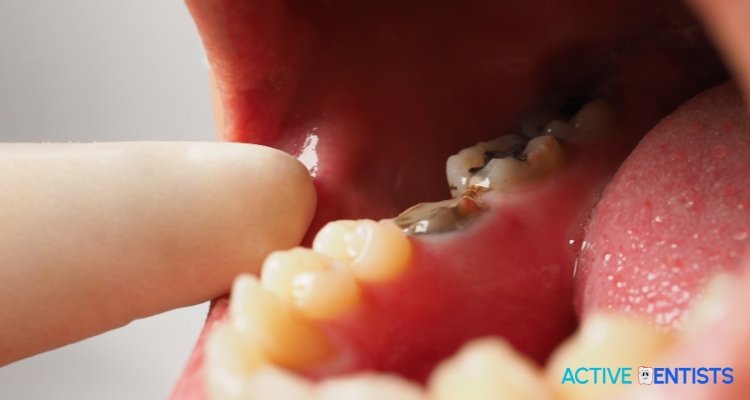
Recognizing bad dental crown symptoms is crucial both immediately after the crown placement and over the long term. If you experience severe or prolonged discomfort, sensitivity, or notice the crown feels loose shortly after placement, it could indicate an issue. Long-term symptoms like pain when chewing, a bad taste or smell, swelling of the gums around the crown, or visible damage to the crown could suggest decay or an infection underneath or a damaged crown. A poorly fitted dental crown are mostly results of these discomfort or pain, especially while biting or chewing, due to uneven pressure. Bad fittings dental crown cause increased tooth sensitivity, a feeling of a loose crown, an unusual bite, irritation or inflammation of the gum around the crown, and difficulty flossing between the crowned tooth and neighboring teeth.
We are going to discuss common crown issues and home remedies-
1. Post-Procedure Discomfort or Sensitivity

It’s completely normal to encounter a bit of discomfort or sensitivity after receiving a new dental crown. This can be particularly pronounced when the numbness from the anesthetic starts to wear off, or when you consume hot or cold foods and drinks.However, a poorly fitted crown may leave part of the tooth exposed, leading to increased sensitivity and can be termed a bad fitting crown symptoms, while discussing with dentist. If the crown is too high, it can cause discomfort or pain, particularly when you bite down or chew. This is due to the fact that the crown is impacting your bite and causing undue pressure on the tooth or surrounding teeth.
Solution:For most people, simple over-the-counter painkillers are sufficient to manage any discomfort that occurs after the procedure. Additionally, using a toothpaste specifically designed for sensitive teeth can also bring about much-needed relief. But, remember, if this sensitivity continues for an extended time, it’s wise to reach out to your dentist. Persistent discomfort could point to other issues, like a crown that isn’t fitted properly or problems relating to the tooth’s nerve.
Ultimately, it’s key to bear in mind that caring for your oral health doesn’t stop at the dental procedure. Just as vital is your post-procedure care to ensure a seamless recovery and to fully benefit from your newly placed dental crown. Regularly visiting your dentist and maintaining good oral hygiene practices are essential steps to look after your dental crown and overall oral health.
2. Crown Becoming Loose
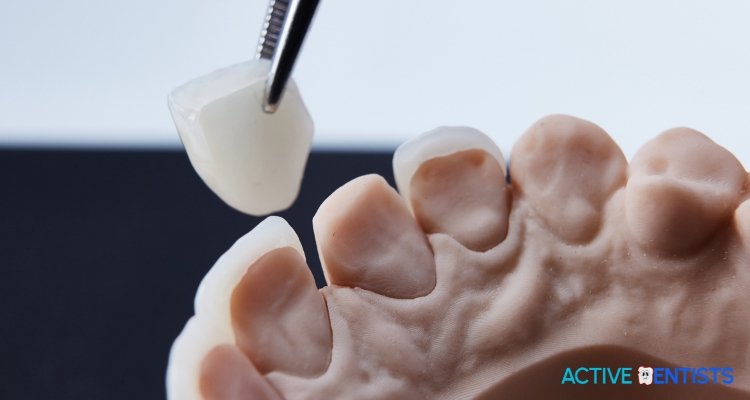
On occasion, a dental crown may become loose, often due to a weakening of the cement that secures the crown to the tooth. A loose crown exposes the tooth to bacteria, which could result in decay and increased sensitivity.
Solution: If you perceive your crown to be loose, it is imperative to promptly schedule a visit with your dentist. They may need to clean the affected area, manage any resultant decay, and re-secure the existing crown or fabricate a new one.
3. Crown Chipping or Cracking
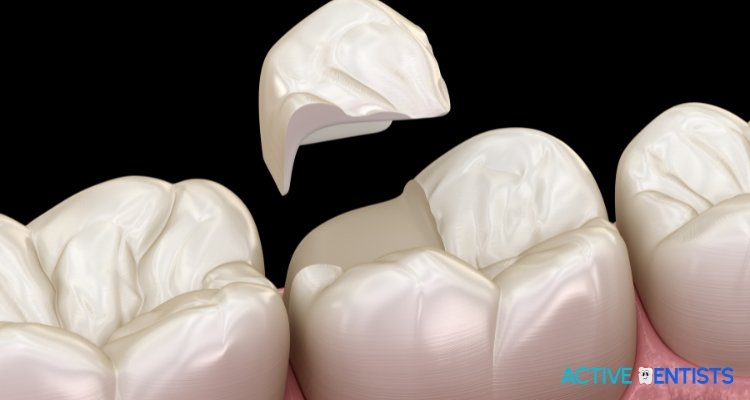
Despite dental crowns being durable and long-lasting, they are not impervious to damage. Porcelain crowns, in particular, are susceptible to chipping or cracking, especially for those who have habits such as teeth grinding, ice chewing, or fingernail biting.
Solution: For minor chips, repairs can be made with composite resin, whereas larger chips or cracks may warrant a crown replacement. It’s also crucial to avoid habits that could lead to damage, and individuals who grind their teeth may consider protective measures like wearing a nightguard.
4. Potential Allergic Reactions
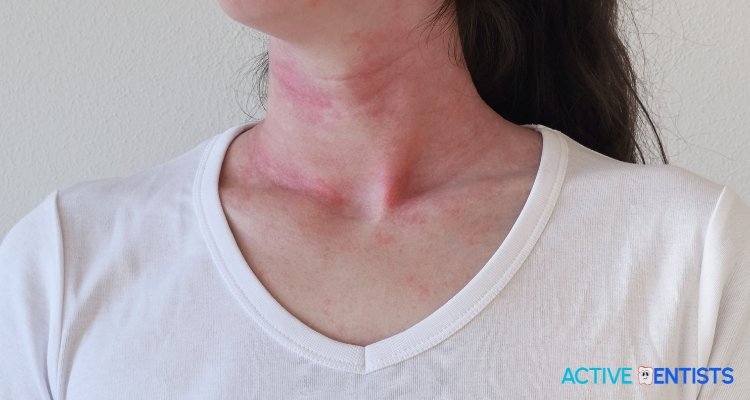
Though uncommon, allergic reactions to dental crowns can transpire. Most crowns are composed of metal, porcelain, or a combination of the two, and certain individuals may exhibit allergic reactions to the metals utilized, leading to a localized allergic reaction.
Solution: If you have known metal allergies, inform your dentist prior to the procedure so they can select suitable materials. If you suspect an allergic reaction post crown placement, contact your dentist immediately.
5. Misfitting Crown

A crown that is not properly fitted can induce bite issues and discomfort. This might be apparent when you close your mouth or chew, giving a feeling of misalignment.
Solution: An improperly fitted crown requires adjustment by your dentist. Do not delay seeking dental advice if you suspect your crown isn’t fitting correctly, as this can precipitate other issues such as Temporomandibular Joint (TMJ) disorders.
6. Appearance of Dark Line at Gumline

With crowns composed of porcelain fused to metal, a dark line may become visible at the gum line of the crowned tooth. This line is merely the metal component of the crown becoming visible.
Solution: If the appearance is of concern, one feasible solution is to remake the crown using all-ceramic or all-porcelain, thereby eliminating the likelihood of this occurrence.
7. Tooth Decay

A crown’s primary role is to protect the tooth; however, it can also unintentionally conceal decay, allowing it to progress unchecked. The susceptibility to tooth decay beneath a crown escalates with inadequate oral hygiene. While the crown itself is immune to decay, the tooth underneath and the crown-tooth margin remain vulnerable. Bacteria can amass in these regions, causing decay.
Identifying Symptoms and Diagnosis: The symptoms of tooth decay occurring under a crown can differ. Some may not register any symptoms initially, while others might experience discomfort or sensitivity when eating, drinking hot or cold beverages, or during regular oral hygiene routines like brushing and flossing. A comprehensive dental examination, typically with X-rays, is often required to diagnose tooth decay under a crown. X-rays help depict the decay’s magnitude and its impact on the tooth’s pulp or root.
Approach to Treatment: The remedial course for tooth decay beneath a crown is largely contingent on the severity of the decay.
- For minor decay, your dentist may remove it and place a new crown.
- Extensive decay that has infiltrated the tooth’s pulp, leading to infection, may necessitate a root canal treatment, followed by the placement of a new crown.
- In severe circumstances, where the tooth structure is critically compromised, extraction might be the only practical solution, followed by a dental implant or a bridge.
Preventive Measures : Prevention remains the most effective strategy to combat tooth decay under a dental crown:
- Uphold sound oral hygiene: Regular brushing and flossing are fundamental to eradicate plaque that could instigate decay.
- Regular dental visits: Periodic dental examinations and professional cleanings can identify early indicators of decay and address them before they escalate.
- Nutritious diet: Curtailing the consumption of sugary and acidic foods and beverages can reduce the risk of tooth decay.
- Dental sealants: Your dentist may advise applying a sealant to the teeth adjacent to the crown to ward off decay.
Danger of dental crown
While dental crowns are generally a safe and effective treatment, potential risks include allergic reactions to crown materials, tooth infections due to bacteria getting under the crown, decay in the tooth beneath the crown, damage to surrounding teeth due to an ill-fitting crown, nerve damage if decay or infection reaches the tooth’s pulp, and gum disease due to poor oral hygiene.
If your bite feels different or off in any way, it could be because the crown isn’t fitting correctly. You may notice that your teeth aren’t aligning as they usually do. While dental crowns serve as a fantastic tool to preserve and enhance your smile, they can occasionally present a few complications. Recognizing these issues and knowing how to manage them at home can make a world of difference to your comfort and oral health. However, these home remedies are meant as interim solutions. It’s important to seek professional dental help for persistent or severe crown problems to ensure your oral health isn’t compromised in the long run. Regular dental check-ups are also crucial in maintaining not just your crowns but your overall dental health.


